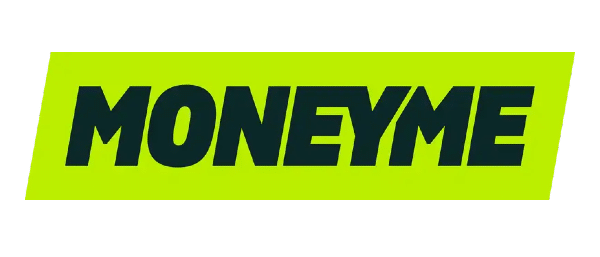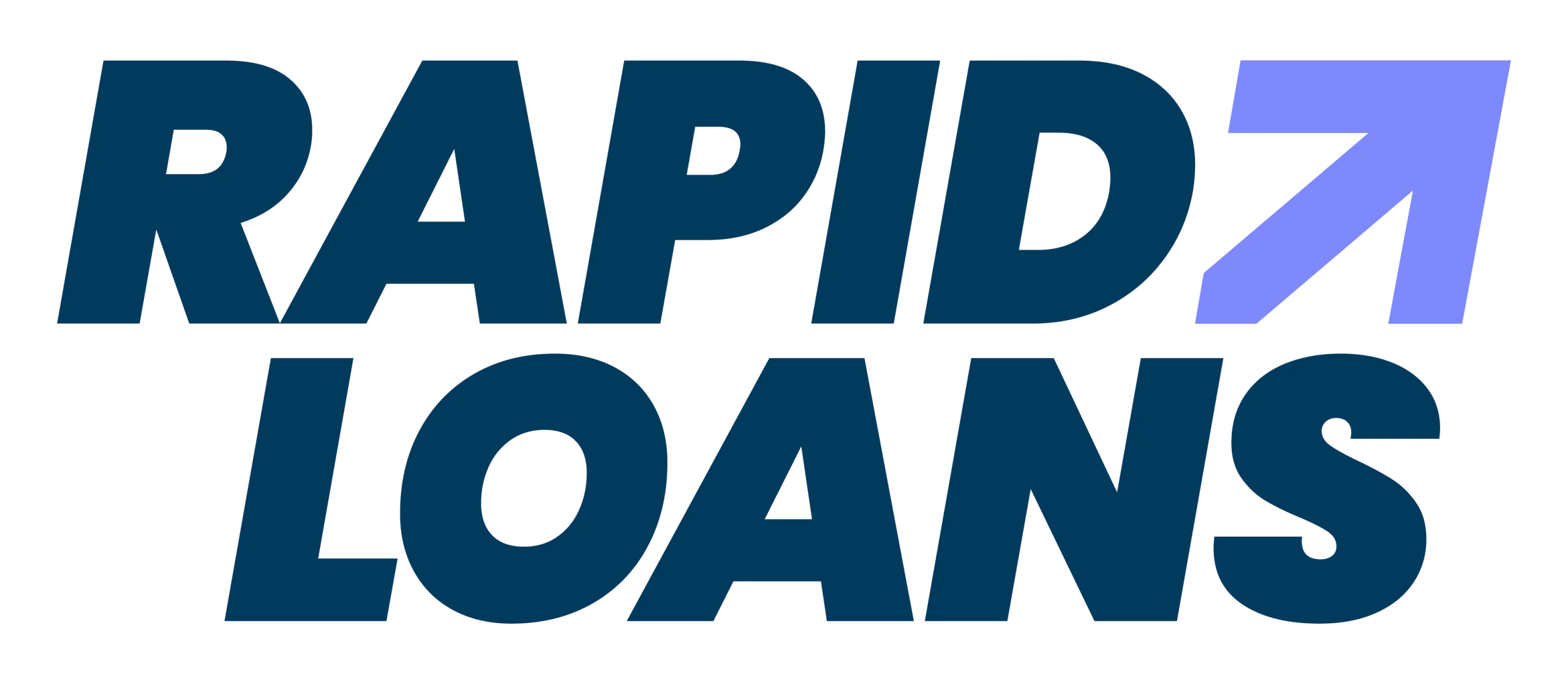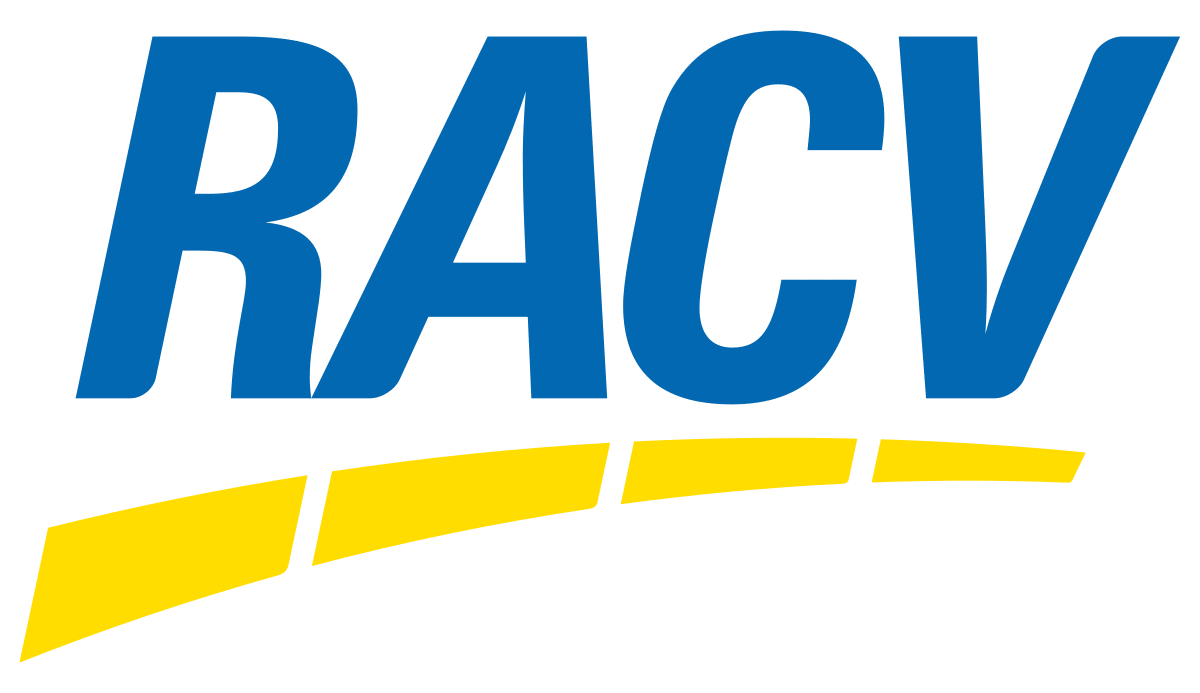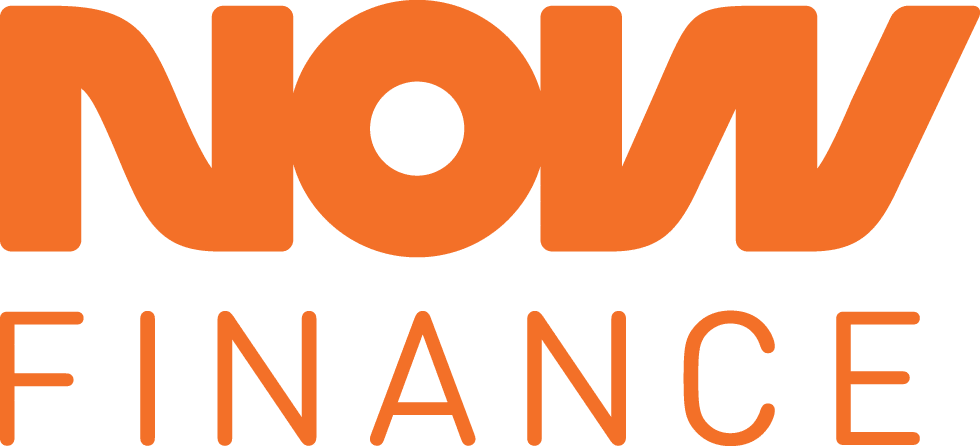A variable rate personal loan is, as the name suggests, a type of personal loan that comes with variable interest. This means that the rate can change throughout your loan term, rather than being locked in from the start (as it would be under a fixed rate agreement).
Your lender may change their rates during your loan term for a variety of reasons, but movement will generally follow any changes the Reserve Bank of Australia (RBA) decides to make to the national cash rate. They may also decide to drop or increase rates independently, which would lower or raise your repayments as a result.
In terms of the product itself, though, it’s the same as any other personal loan. Amounts can reach as much as $75,000 with some lenders or be taken out for as little as $5,001, with terms ranging from one to seven years (though some lenders will offer higher minimum or lower maximum loan amounts and terms).
Why apply for a personal loan with Savvy?
Help from the experts
When you submit your application, one of our consultants will compare the best available options and walk you through the process.
Paperless applications
You don't need to worry about sifting through documents and visiting the post office, as they can all be submitted online.
Reputable lending partners
We've partnered with personal loan companies you can trust to ensure your comparison is a high-quality one.
What are the differences between variable and fixed rates?
There are several key differences between variable and fixed interest rates when it comes to personal loans. These are:
- Rate stability: as mentioned, fixed rates are set at the beginning of your term and remain the same until the end of your repayment period. This means your repayments will also stay consistent.
- Repayment flexibility: fixed rate loans are more likely to come with fees related to early repayments, though some lenders may offer these loans with free settlements ahead of schedule. In almost all cases, variable rate loans come with free early settlements.
- Rate climate determines which is higher: in circumstances where rates are expected to rise, fixed rates may be higher than variable. However, when rates are predicted to fall, variable interest will often be the more expensive option in the short term.
How can I compare different personal loans?
There’s a range of different factors that should be considered when comparing personal loans, whether with a variable or fixed rate. These include:
How high your rate is
Perhaps the most important part of your loan to get right is your interest rate, as lower interest can help you save hundreds (if not more) over your repayment term. For example, applying for a loan of $50,000 at a rate of 8.00% p.a. over five years would cost you $10,829, but opting for a 7.00% p.a. loan instead would save you over $1,400.
Secured or unsecured
Some lenders will offer you the option of either unsecured or secured loans. Unsecured are more common, enabling you to apply without worrying about using a valuable asset as collateral. However, if you want to increase your borrowing power and lower your rate, using your car or another asset to secure your loan could be the way to go. Secured finance could extend your borrowing to as much as $100,000 (depending on your lender and the value of your asset).
Your borrowing range
Not all lenders are willing to approve loans for the same amount. Depending on who you apply with, you might be required to borrow a minimum of $10,000 or a maximum of $50,000. However, there are lenders in the market willing to approve you from as little as $5,001 up to a maximum of $75,000. When we help you compare, we’ll make sure to only consider lenders that meet your needs.
Your loan term
You should also ensure you can take as much or as little time as you need to repay your loan. While the general range is from one to seven years, different financiers will have different restrictions when it comes to how long their loans are. For instance, some cap their terms at five years or require you to repay your loan over a minimum of two to three years.
The eligibility criteria
Of course, you should know whether you’ll be able to qualify for your lender’s loan offers before you apply. These can differ slightly from lender to lender, but the broad strokes will remain the same regardless of who you apply to.
How much will I pay for a personal loan with a variable interest rate?
There’s a range of variables that impact the cost of a loan, including the following:
- Your interest rate
- Your loan amount
- Your loan term
- Your loan fees
- How often you repay it (and whether you make additional repayments)
However, it’s important to see what things might cost in practice. Let’s compare two different $20,000, five-year loans: one with a variable rate and one with a fixed rate. For the sake of calculations, we’ll say that the variable rate changes every 12 months (though it’s unlikely to happen like this in real life):
| Variable rate | Fixed rate | |
|---|---|---|
| Year one rate | 7.50% p.a. | 7.50% p.a. |
| Year two rate | 7.15% p.a. | 7.50% p.a. |
| Year three rate | 7.00% p.a. | 7.50% p.a. |
| Year four rate | 7.05% p.a. | 7.50% p.a. |
| Year five rate | 7.65% p.a. | 7.50% p.a. |
| Total interest paid | $3,984 | $4,046 |
Calculations based on a $20,000 loan repaid monthly over five years.
As you can see from the table above, even with the rate creeping back up in the final 12 months of the loan, you’d save around $60 because the rate went down after the initial 12 months in this example.
What are the pros and cons of variable rate personal loans?
Pros
-
Potential to save
Because variable rates remain open to market movement, you can benefit from lower interest if your lender drops their rates during your term.
-
Repayment flexibility
Most lenders will give you the freedom to repay your loan ahead of schedule without charging potentially steep fees for doing so. This can save you plenty on interest in the process.
-
Rates may be lower than fixed
Whether a lender sets their fixed or variable rates higher will provide some indication of their expectation for future rate movement. This means you may secure a variable finance agreement at a lower rate than fixed finance if they’re expected to rise.
Cons
-
Not as effective for budgeting
Fixed rates bring stability and certainty to your repayments. Variable rates aren’t as suitable for budgeting, as they don’t offer the same certainty month to month.
-
Vulnerable to rate rises
The flip side of potentially saving on interest if rates fall is that you remain open to paying more if they move in the opposite direction.
-
Fewer options available
The final factor is that, simply, there aren’t as many options available today in terms of variable rate personal finance compared to fixed. This may mean the quality of comparison isn’t as great given that you have fewer options to choose from.
Personal Loan Repayment Calculator
It’s important to have an idea of what your loan might cost you overall before you apply. Fortunately, Savvy’s personal loan calculator is simple to use and lets you know how much your repayments could be.
Your estimated repayments
$98.62
| Total interest paid: | Total amount to pay: |
| $1233.43 | $5,143.99 |
How to minimise your personal loan’s variable interest
-
Boost your credit score
First and foremost, the most effective method of decreasing your interest rate is by holding a strong credit score. This establishes off the bat that you’re a borrower who has been successful when repaying debt in the past, which can make your lender more confident in you as a borrower. Lenders base their loan decisions (and especially their rates) on the level of risk present in the borrower, so you can maximise your chances of approval for a lower rate by working on your score.
-
Have a similar loan paid off previously
Having a strong credit score is only half the battle, however. Another way to help lower your personal loan interest rate in Australia is to show your lender that you’ve successfully repaid a similar loan in the past, whether that be a personal or car loan. Repaying a larger loan debt requires discipline, which brings lenders peace of mind that you’ll be able to do so again.
-
Choose a shorter term
A simple rule when it comes to loans is that the longer your term, the longer the time spent paying interest and fees. Where possible, you should always look to repay your loan as quickly as you can manage. Shorter terms come with higher monthly repayments, but they’ll save you in the long run. For example, repaying a $20,000 personal loan at 8.50% p.a. over four years instead of five will cost you around $83 extra per month, but you'll save over $950 (if rates remain the same).
-
Make additional repayments
Paying above and beyond the minimum on a variable rate personal loan is a common way to reduce your overall interest outlay. Most financiers in this space will enable you to do so free of charge, which can potentially save you hundreds in the long run. The beauty of free extra payments with a variable interest rate is that you can pay more when rates are lower, which will help you capitalise even further on downward market trends.
-
Compare your options
Finally, the simplest way to reduce your rate is by finding and comparing as many options as you can before you apply. By doing so, you’ll give yourself the best understanding of the lowest rates you can potentially receive on the market. Savvy helps you compare personal loans from our range of partnered lenders by giving you all the key information you need to make an informed call on the right loan for you. You can start the comparison process today and submit your application in no time.
Apply for your personal loan online
-
Complete our simple online application form
First and foremost, you’ll need to fill out our quick and easy online form. Tell us about yourself, your finances, the loan you’re after and why you need it in just a few minutes.
-
Compare your options with Savvy
Once you’ve done this, you’ll be able to assess the products on offer from our partnered lenders. A member of our team will reach out to help you choose the best available offer.
-
Send your documents and formally apply
If you’re happy with one of the options available, you can go ahead and formally apply. We’ll handle this for you; simply send the required documents through our online portal and we’ll do the rest.
-
Get approved and sign your contract
We’ll let you know when you’re formally approved, which can happen in a matter of hours, and all you’ll need to do is sign your loan contract electronically to receive your funds as soon as the same day.
Personal loan eligibility and documentation
Eligibility
-
Age
You must be at least 18 years of age
-
Residency
You must be an Australian citizen or permanent resident (or, in some cases, an eligible visa holder)
-
Income
You must be earning a stable income that meets your lender’s minimum threshold (this can start from as little as $20,000 per year)
-
Employment
You must be employed on a permanent, casual or self-employed basis
-
Credit score
You must meet your lender’s minimum requirements related to your credit score and not be bankrupt or under a Part IX debt agreement
-
Contact
You must have an active phone number, email address and online bank account in your name
Documents
-
Personal information
Your full name, date of birth, address and contact details
-
Photo ID
Such as a driver's licence or passport
-
Payslips
Your last two consecutive payslips (or your last tax return if you're self-employed)
-
Assets and liabilities
Information about any assets you own (such as a car or house) and liabilities in your name (such as other loans)
-
Bank statements
90 days of bank statements may be requested, but not always






















